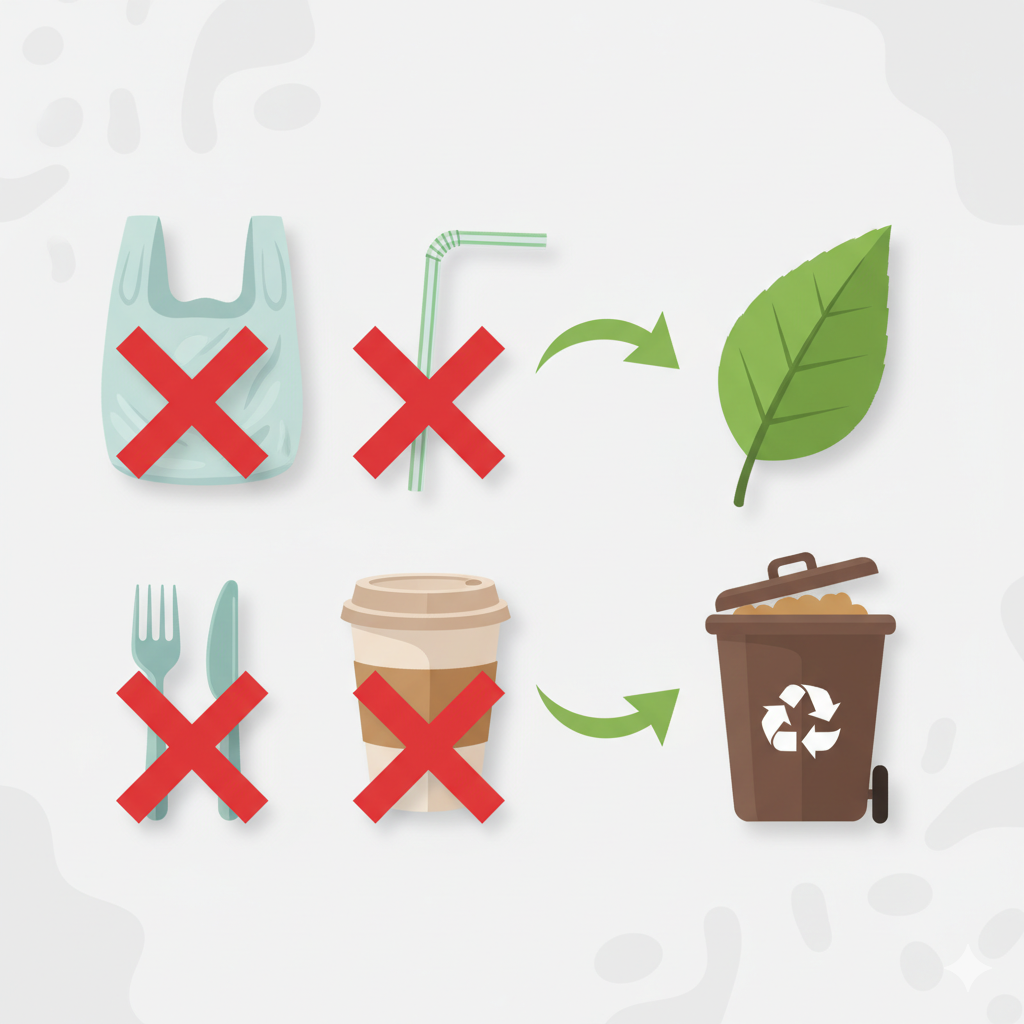
Plastic bans are rising. Businesses seek alternatives. But are compostable containers truly what they claim?
Compostable containers are marketed as eco-friendly, but their actual performance depends on materials, disposal methods, and infrastructure.
Many containers claim to be compostable. But let’s look deeper before making buying decisions.
Why Is the Eco Tableware Market Growing So Fast?
Governments ban plastic. Consumers demand green solutions. Brands rush to follow trends.
Eco-friendly tableware demand is driven by bans, sustainability goals, and public pressure to reduce plastic waste.
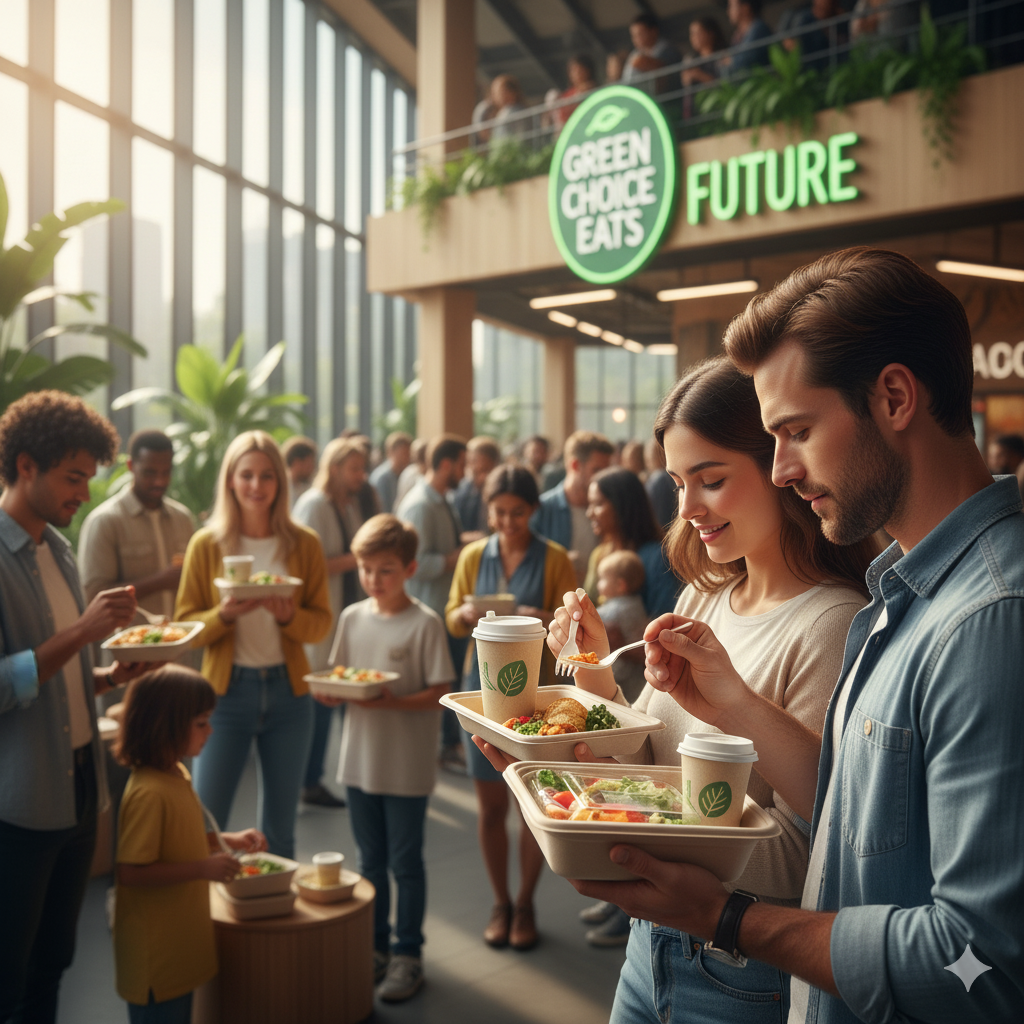
The Green Boom Is Real
The world is moving fast toward sustainability. Many businesses are replacing plastic with so-called green products. The foodservice industry is no exception. As a factory producing bamboo fiber tableware, I’ve witnessed the massive demand shift firsthand. More clients now ask not just for "disposable" but for "certified compostable."
But a simple label doesn’t guarantee results. Many buyers tell me they are confused about what’s real and what’s just greenwashing.
What’s Driving the Growth?
| Driver | Explanation |
|---|---|
| Plastic Ban Regulations | Governments worldwide are enforcing bans and restrictions on single-use plastics. |
| Eco-Conscious Consumers | More people care about sustainability and actively choose compostable options. |
| Corporate Social Responsibility | Companies adopt eco-goals to improve brand image and meet investor expectations. |
| Industry Shifts | QSRs, hotels, airlines are switching to plant-based or compostable containers. |
What Are Compostable Containers Made Of?
Green doesn’t always mean good. Let’s break down the materials.
Compostable containers are often made from bamboo, bagasse, or wood pulp; each has different breakdown rates and environmental impacts.
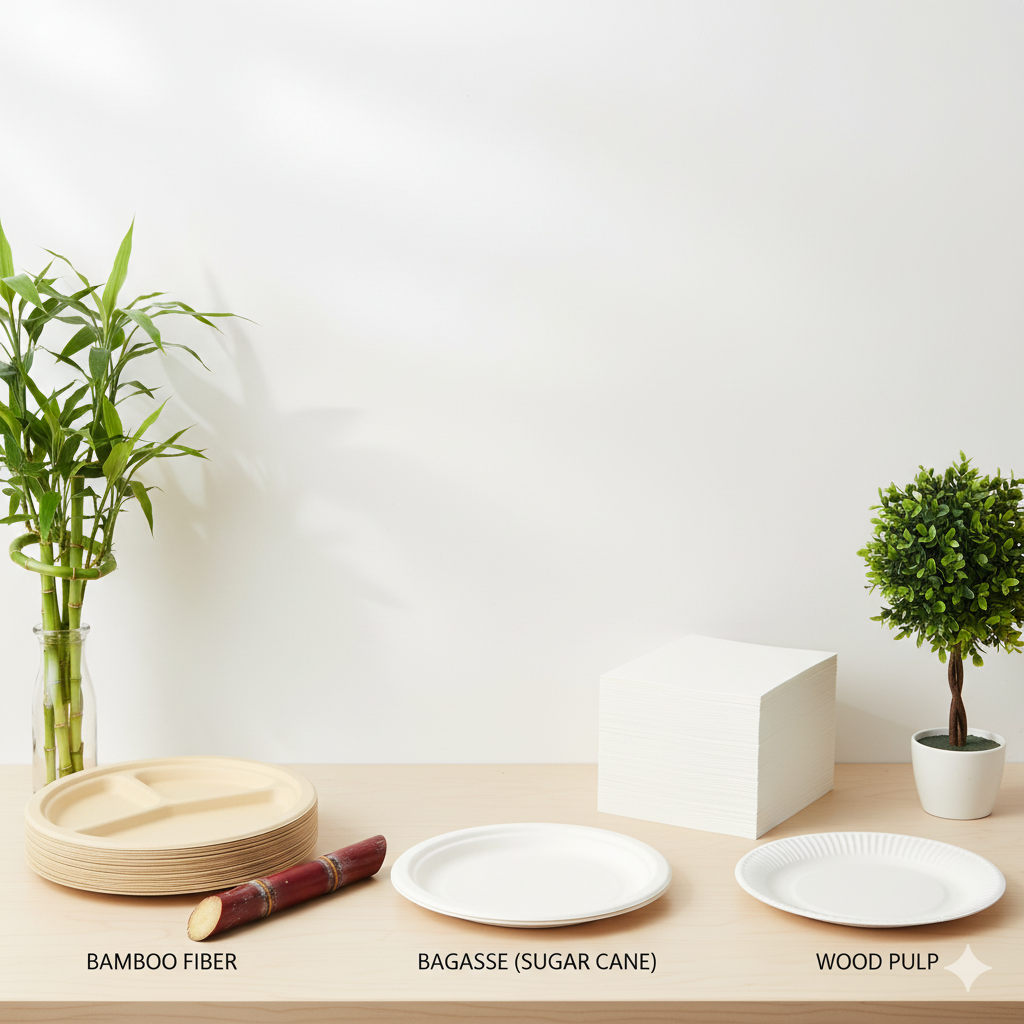
Not All Materials Are Equal
We make compostable products using 100% pure bamboo fiber. We never add plastics or PLA. Bamboo grows fast, breaks down naturally, and performs well under both home and industrial composting conditions. Its durability and clean appearance make it ideal for food service applications.
Common Compostable Materials
| Material | Pros | Cons |
|---|---|---|
| Bamboo Fiber | Renewable, strong, home-compostable | Slightly higher cost than plastic or paper |
| Bagasse | Cheap, biodegradable | Weak when exposed to moisture |
| Wood Pulp | Natural and renewable | Often splinters or feels rough |
PANABAM’s Approach
We use FSC-certified bamboo sourced directly from cultivated plantations. Our containers meet global compostable standards and contain no additives. With only one natural material in our products, we avoid contamination, ensure consistent quality, and simplify the composting process.
Compostable vs Biodegradable vs Degradable — What’s the Difference?
Compostable items break down into soil under specific conditions.
Biodegradable ones may take years.
Degradable just means breakable.
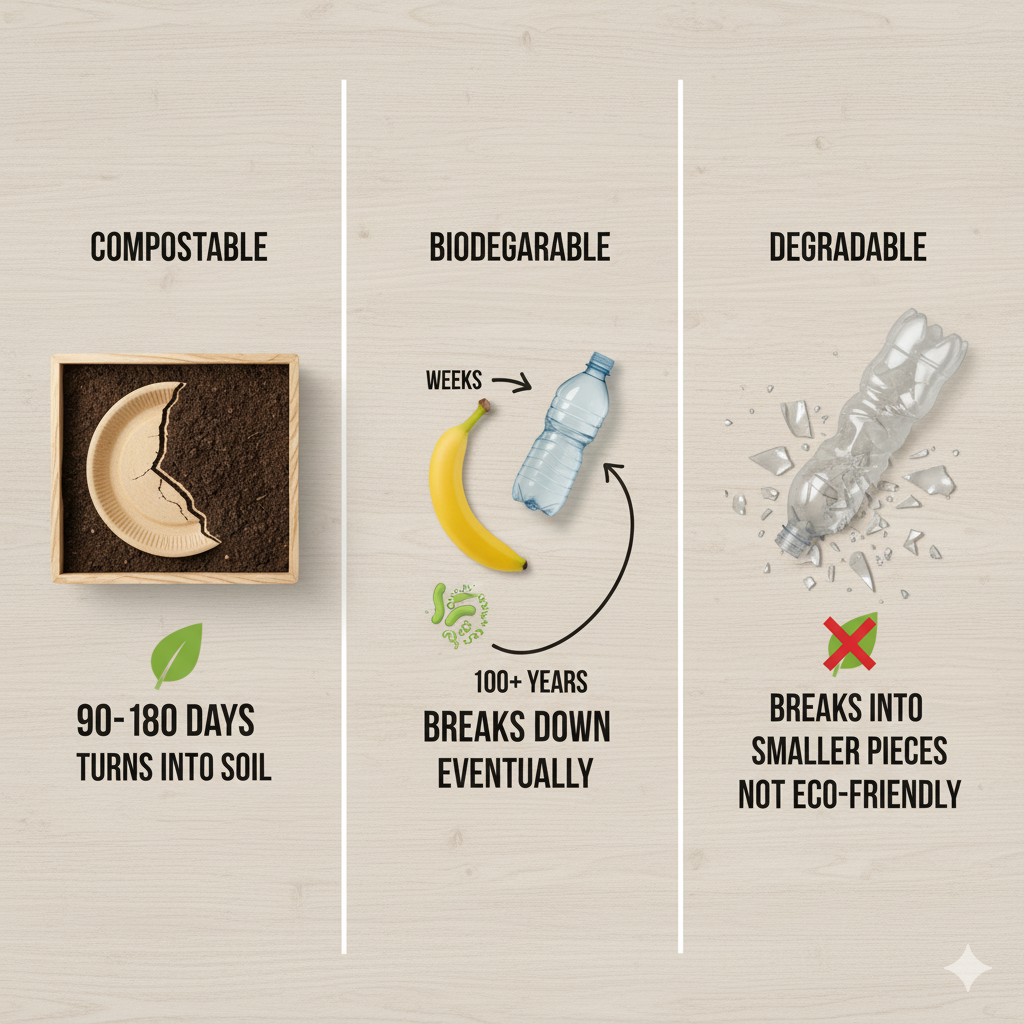
Let’s Clear the Confusion
I talk to many buyers, and most ask, “Is it biodegradable?” I always explain the three terms carefully.
Definitions
| Term | What It Means | Real-World Example |
|---|---|---|
| Compostable | Turns into soil in 90-180 days in industrial/home compost | Certified bamboo plate |
| Biodegradable | Breaks down eventually with bacteria, no time limit | Banana peel (weeks) or plastic (100+ years) |
| Degradable | Just breaks into smaller pieces, not necessarily eco-friendly | OXO-degradable plastic |
Where Does It Break Down?
Compostable products need the right environment. Home compost? It works for some. Industrial compost? It works for most. But landfill? That’s another story.
Disposal Environments
| Environment | Suitable For Compostables? | Notes |
|---|---|---|
| Industrial Composting | ✅ | High heat, controlled humidity |
| Home Composting | ✅ | Bamboo fiber breaks down naturally |
| Landfill | ❌ | Anaerobic, slow, produces methane |
| Ocean/Nature | ❌ | Slow decay, pollutes like regular waste |
Do Compostable Containers Work in Real Life?
Many work in labs. Fewer work in real kitchens or landfills.
Most compostable containers only perform well in controlled, industrial composting conditions.
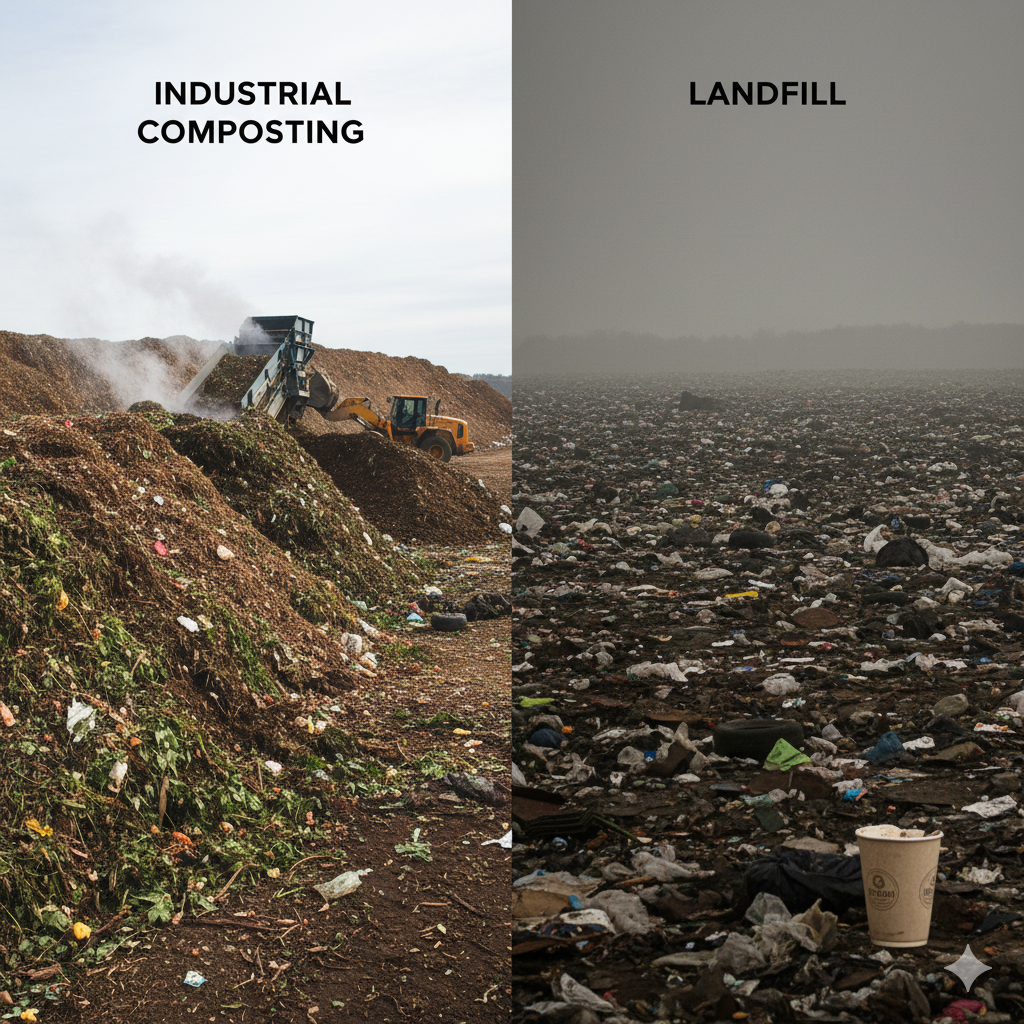
Let’s Talk Real Composting
I’ve visited composting sites in China and abroad. I’ve tested our bamboo containers in both home and commercial systems. Here’s what I’ve found.
Breakdown Performance: Case by Case
| Condition | PANABAM Bamboo Pulp Plate | Bagasse Plate | Paper Plate with Coating |
|---|---|---|---|
| Industrial Compost (60°C) | 90% degraded in 45 days | 80% degraded in 90 days | Coating stayed intact |
| Home Compost (20-30°C) | 100% degraded in 90 days | Mold growth, partial decay | Mold grew, coating stayed |
| Landfill | No visible change in 120 days | No visible change | Slight discoloration |
Key Factors That Matter
- Temperature: Above 50°C helps fast breakdown.
- Moisture: Needs 40-60% humidity.
- Compost Type: Mix of food waste, leaves, and browns.
- Air Flow: No oxygen = slow composting.
Buyers should always ask for test reports from real-world environments, not just lab simulations. Without this proof, compost claims can be misleading.
Why Is It Hard to Promote Compostable Packaging?
Green products are not enough. We need green systems.
Infrastructure, education, and quality issues slow the adoption of compostable containers worldwide.
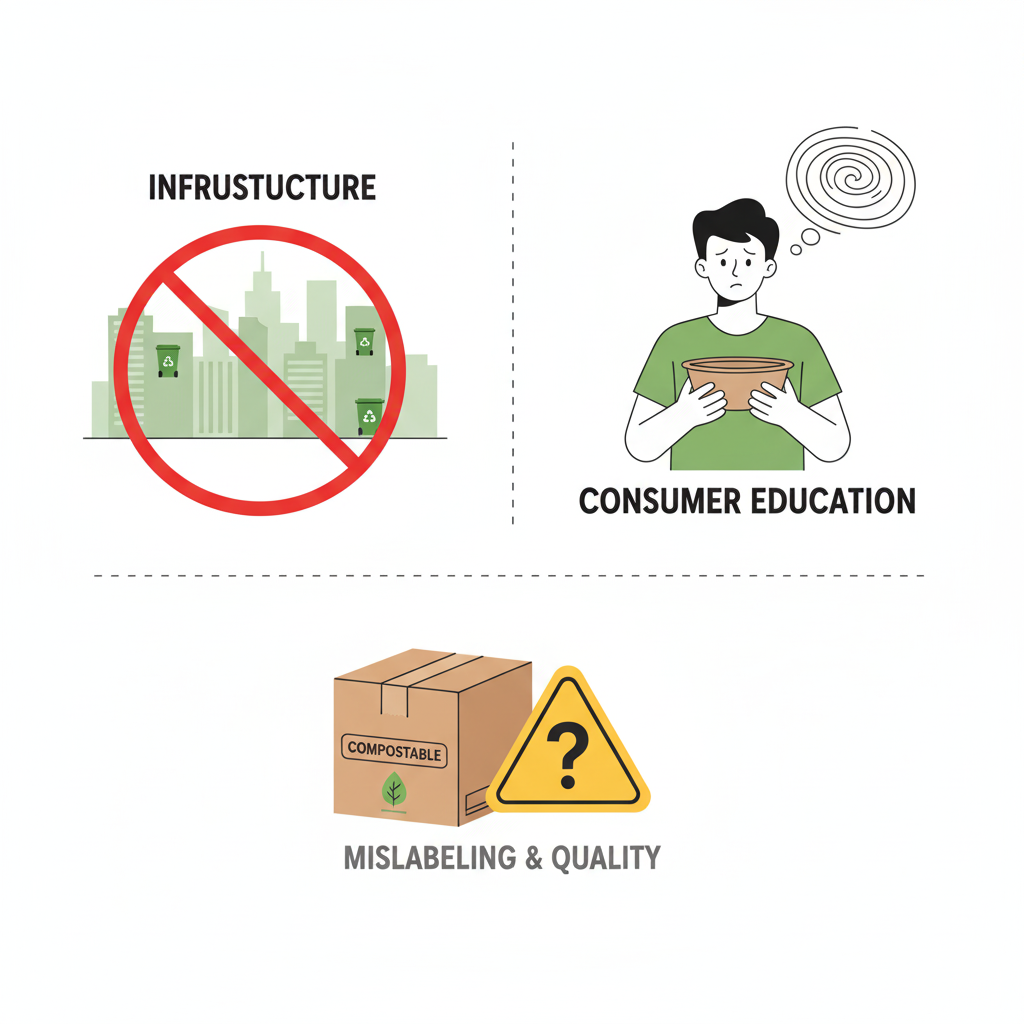
Roadblocks We Face
Many compostable products end up in trash bins. That’s because there are not enough composting facilities. Also, most users don’t know how to compost them. Some buyers also face supply problems or unclear quality.
Industry Challenges
| Challenge | Description |
|---|---|
| Compost Infrastructure | Few cities offer industrial composting |
| Consumer Education | Users confuse compostable with recyclable |
| Product Mislabeling | Some suppliers greenwash without certifications |
| Supply Chain Reliability | Delays, inconsistent quality from overseas suppliers |
The Role of Trust and Standards
Distributors and retailers need to partner with manufacturers who offer clear documentation and consistent product quality. Having internationally recognized logos and composting certifications printed on each item helps communicate trust to the end user.
What Makes PANABAM Different?
Some factories copy labels. We build real solutions.
PANABAM uses certified bamboo pulp, automated production, and exports to markets with strict eco-standards.
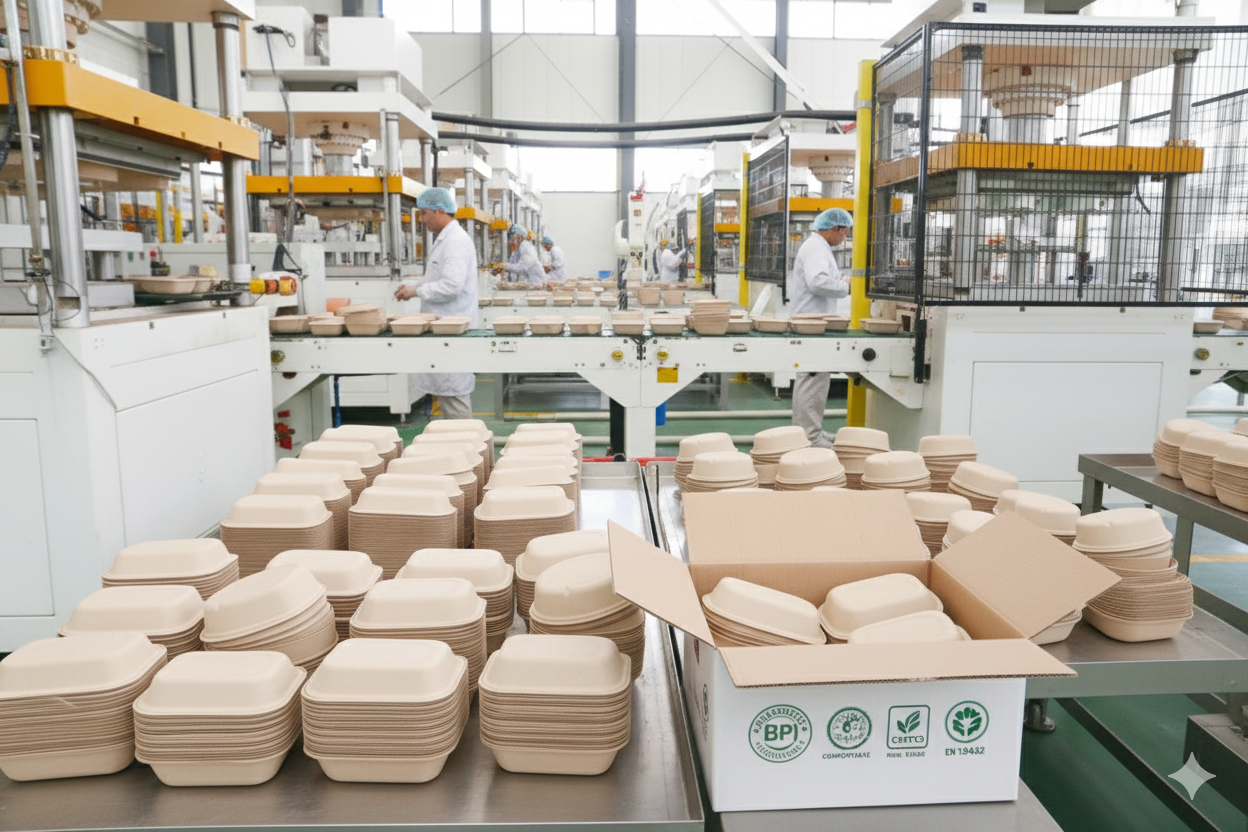
How We Solve These Problems
We use bamboo fiber from our own plantations. We run China’s first automated bamboo pulp tableware line. Our containers meet international standards (ASTM D6400, BPI, EN13432). We have strict QC processes and strong packaging systems for export.
Our Factory Setup
| Feature | Details |
|---|---|
| Raw Material | FSC-certified bamboo pulp |
| Production Line | Automated, 5 lines, integrated system |
| Certifications | FDA, BPI, DIN, EN13432, ASTM D6400 |
| Export Markets | USA, Canada, EU, Japan, Australia |
| Customization | Print logo, shape design, packaging options |
For buyers who care about supply consistency, compostability, and compliance, we provide full documentation and timely delivery. We focus not only on manufacturing, but also on helping our clients meet local laws and customer expectations.
How Can I Choose and Use Compostable Containers Wisely?
A label isn’t enough. Look deeper before buying.
Buyers should check certifications, ask about real-world breakdown tests, and educate end-users about proper disposal.
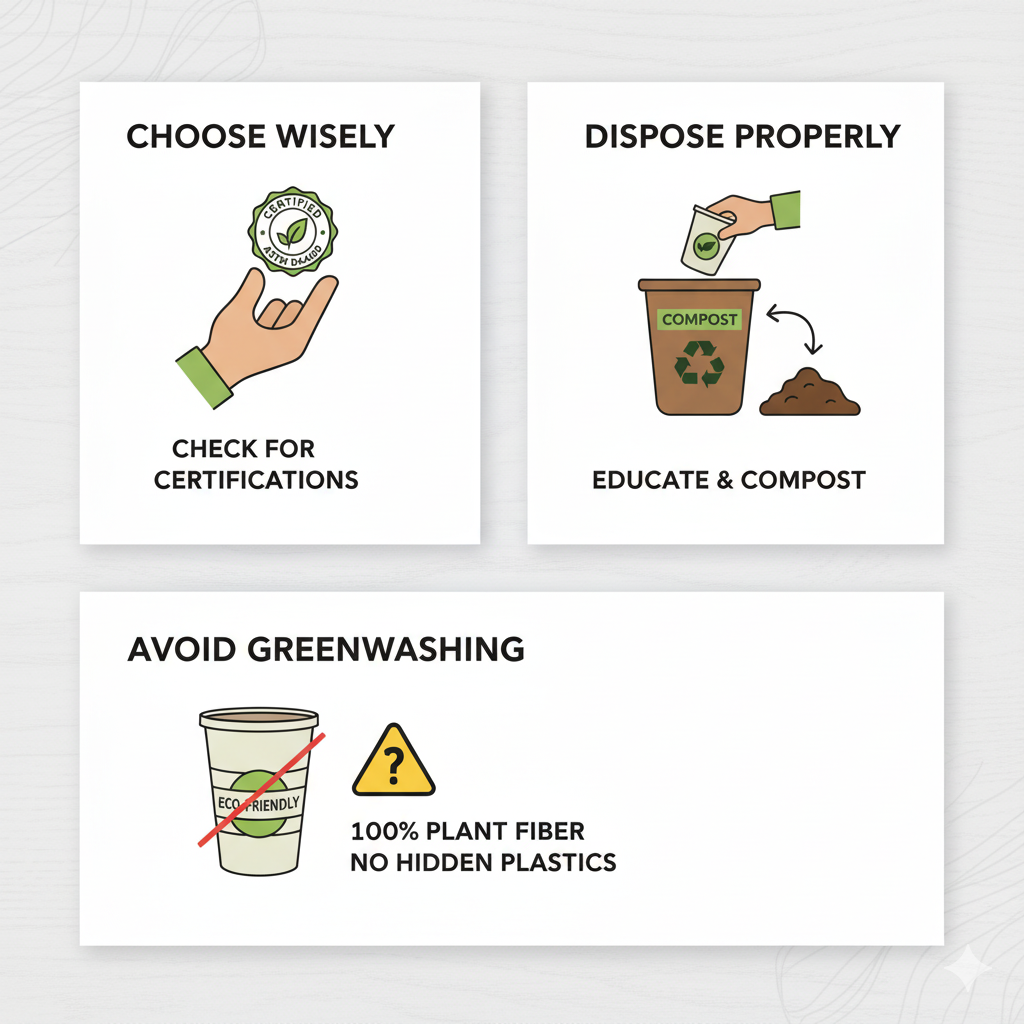
Simple Tips That Work
- Ask for BPI, ASTM D6400, or EN13432 certification.
- Choose 100% plant fiber products with no hidden coatings.
- Request lab test reports under different composting conditions.
- Educate customers with printed disposal guides.
- Avoid coated paper unless it’s proven compostable.
For Different Buyer Types
| Market Segment | Key Tip |
|---|---|
| Cafes/Restaurants | Choose home-compostable materials |
| Supermarkets | Use certified labels and retail-ready packaging |
| Events/Catering | Go for bulk stackable designs with low MOQs |
| E-commerce | Highlight certifications and sustainability online |
Conclusion
Most compostable containers work only under specific conditions. PANABAM ensures they do — and proves it.
Frequently Asked Questions
1. Is compostable plastic actually compostable?
Compostable plastics can break down, but only under high heat and controlled conditions in industrial composting facilities. They usually do not decompose in home compost or landfill environments.
2. Are compostable cups actually compostable?
Some compostable cups are made with plant-based liners and break down in industrial composting. However, many still contain plastic coatings and cannot fully compost at home or in the natural environment.
3. Do compostable items break down in landfills?
No. Compostable products need oxygen, moisture, and microbial activity. Landfills lack these conditions, so even compostable materials can remain intact for years.
4. How long does it take compostable plastic to decompose?
Under industrial composting conditions, certified compostable plastic can decompose in 90–180 days. In home compost, or in nature, the process may take much longer or not happen at all.
5. What are the disadvantages of compostable?
Compostable products often need specific composting infrastructure, which is limited in many regions. Misuse, mislabeling, and higher costs can also create confusion and reduce their overall impact.
6. Which materials decompose the fastest in landfills?
Natural organic materials like food scraps and uncoated paper decompose faster. Compostable bioplastics and coated containers generally take much longer due to the anaerobic landfill environment.
7. Are compostable coffee pods actually compostable?
Only some coffee pods labeled "compostable" meet industrial composting standards. Many are not suitable for home compost. Always check for certifications like BPI or EN13432.
8. Are compostable plastic spoons really compostable?
If certified, they may compost in industrial facilities. However, most compostable spoons are not suitable for home composting and will not break down in landfills or nature without proper conditions.

Ann
Hi, I’m Ann, and with over 5 years of experience in the foodservice industry, I’ve had the pleasure of working with restaurants and catering businesses to develop eco-friendly, tailored solutions that help you thrive in today’s green economy. I’m passionate about sustainability and committed to providing high-quality products that align with your values.
If you’re looking to make the switch to eco-friendly, sustainable tableware, I’m here to help! Reach out today, and let’s explore how we can support your business’s goals while contributing to a healthier planet.

